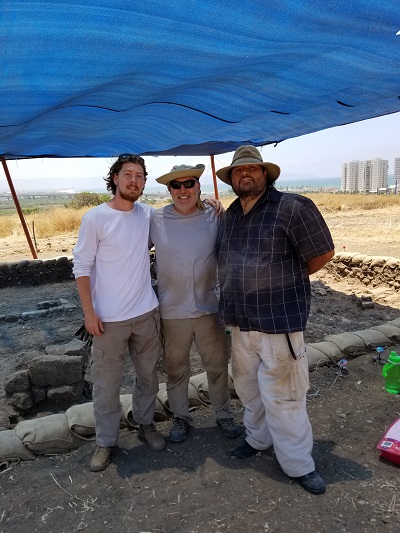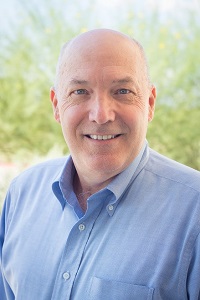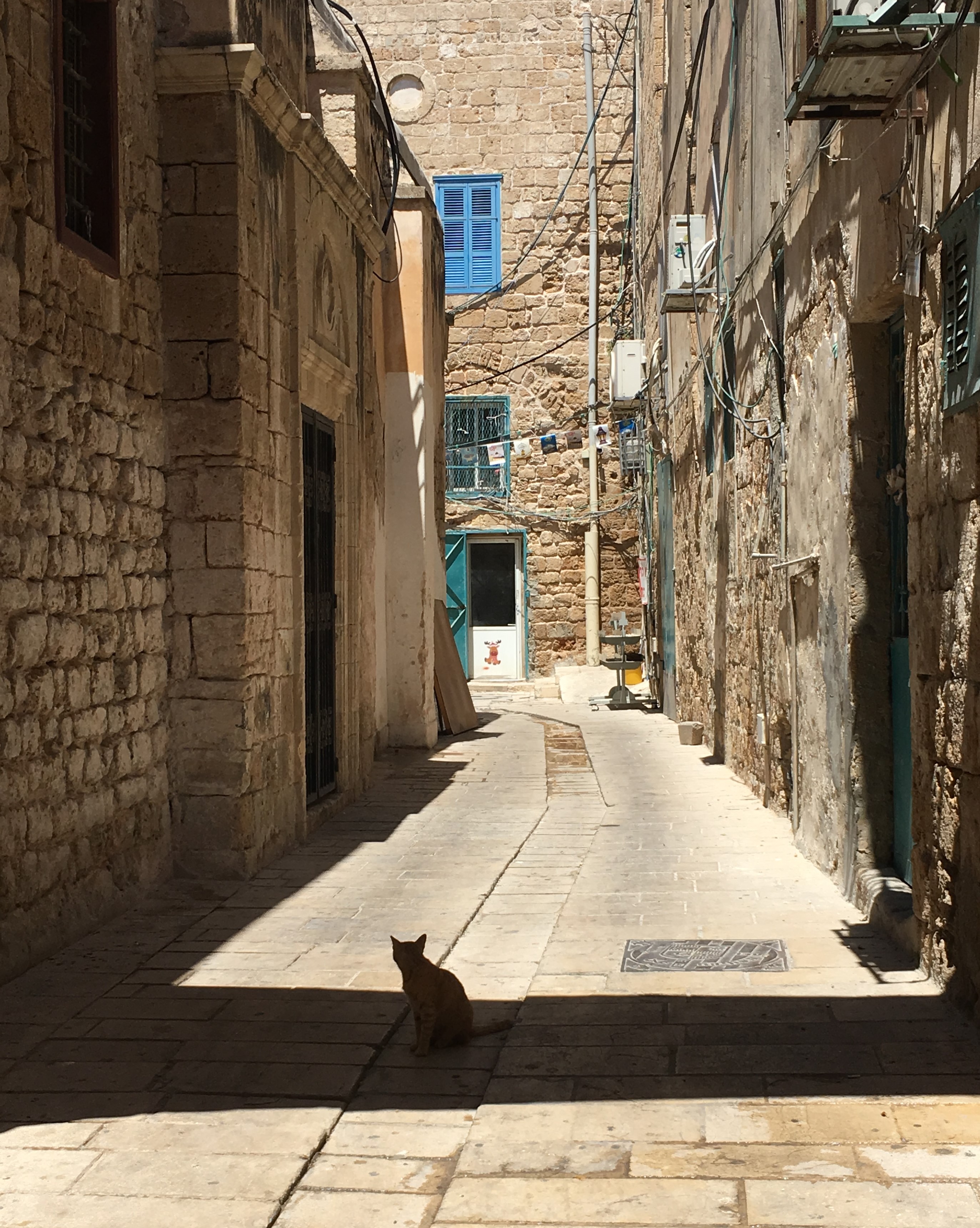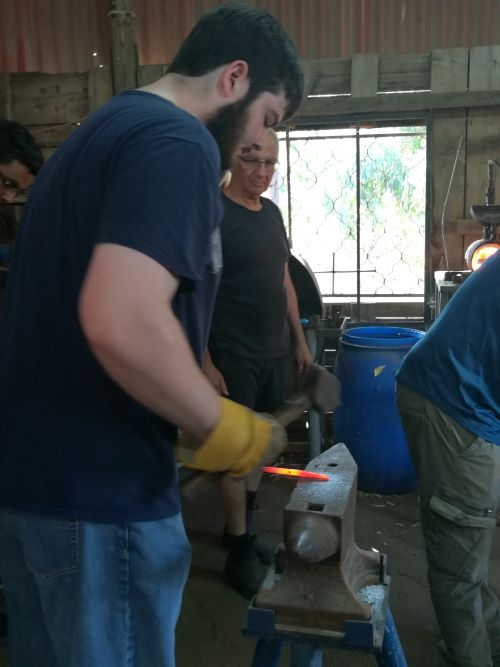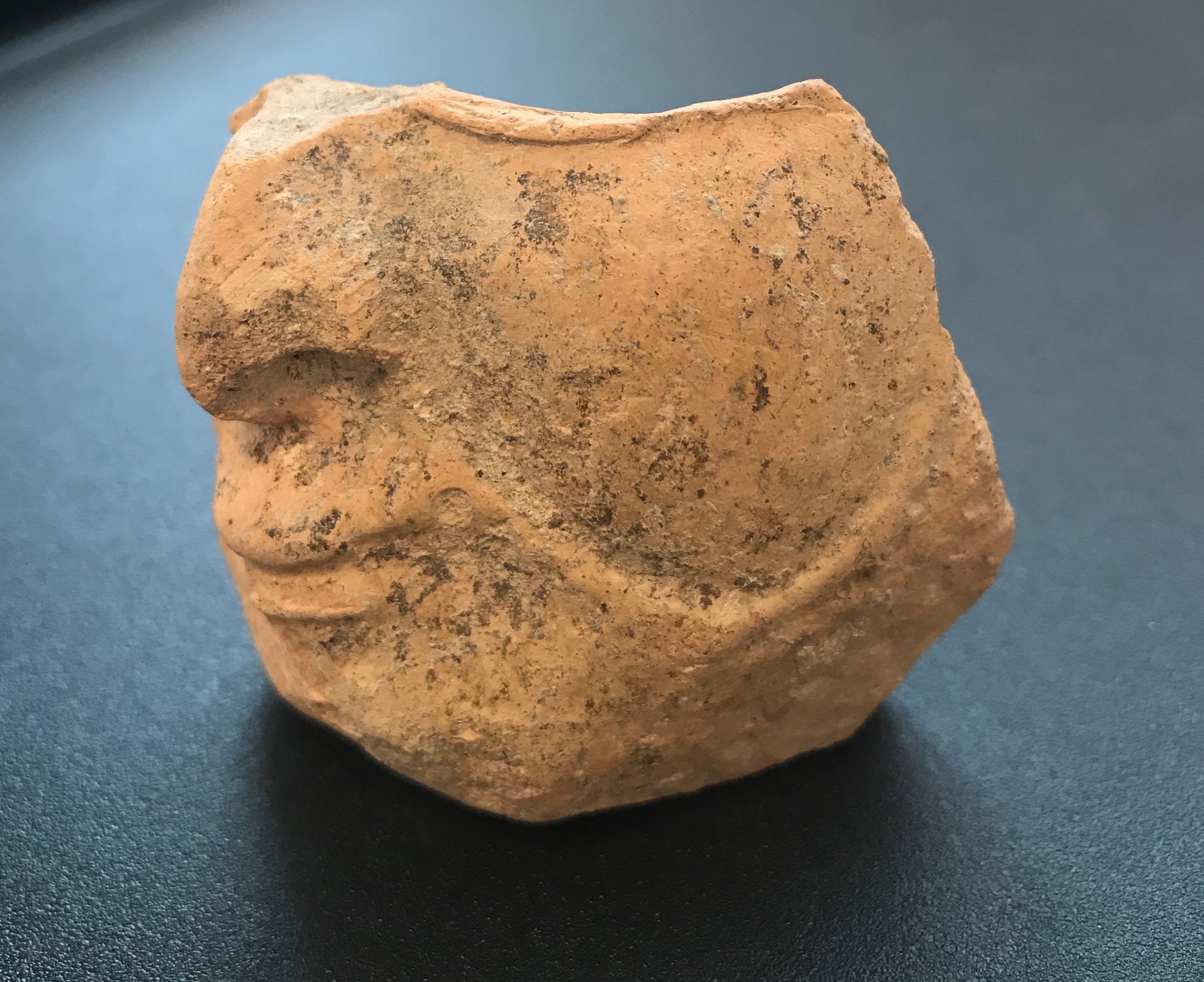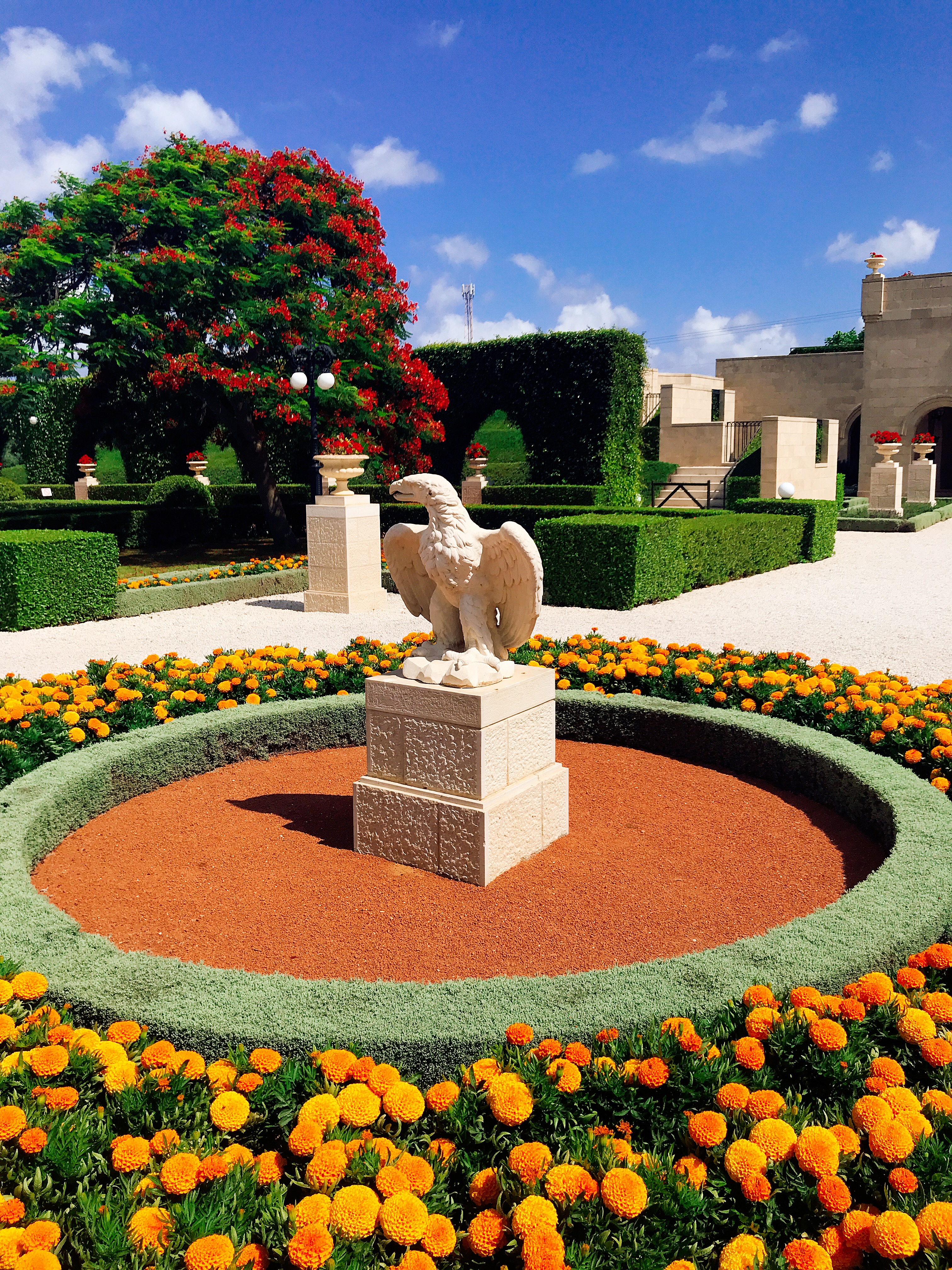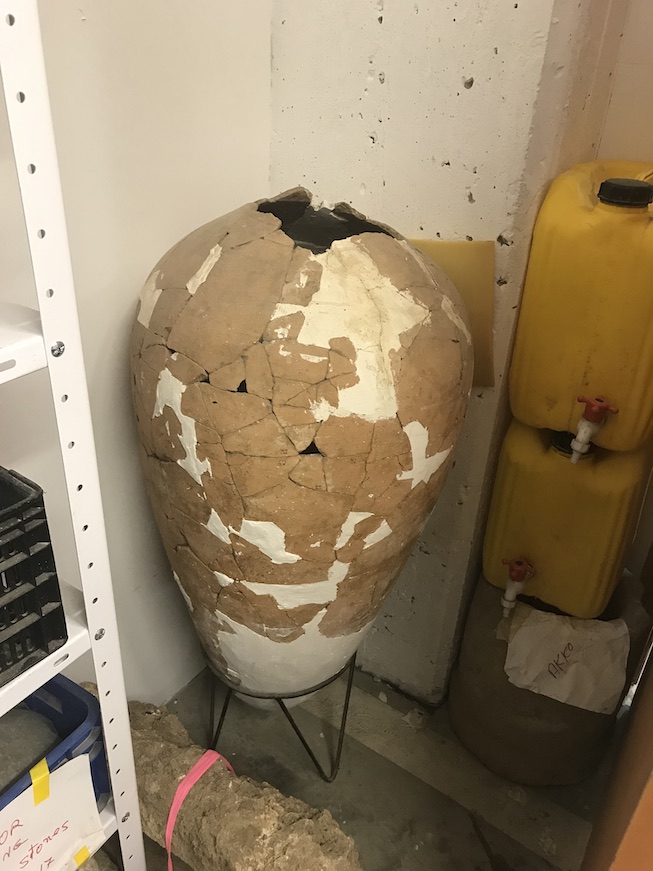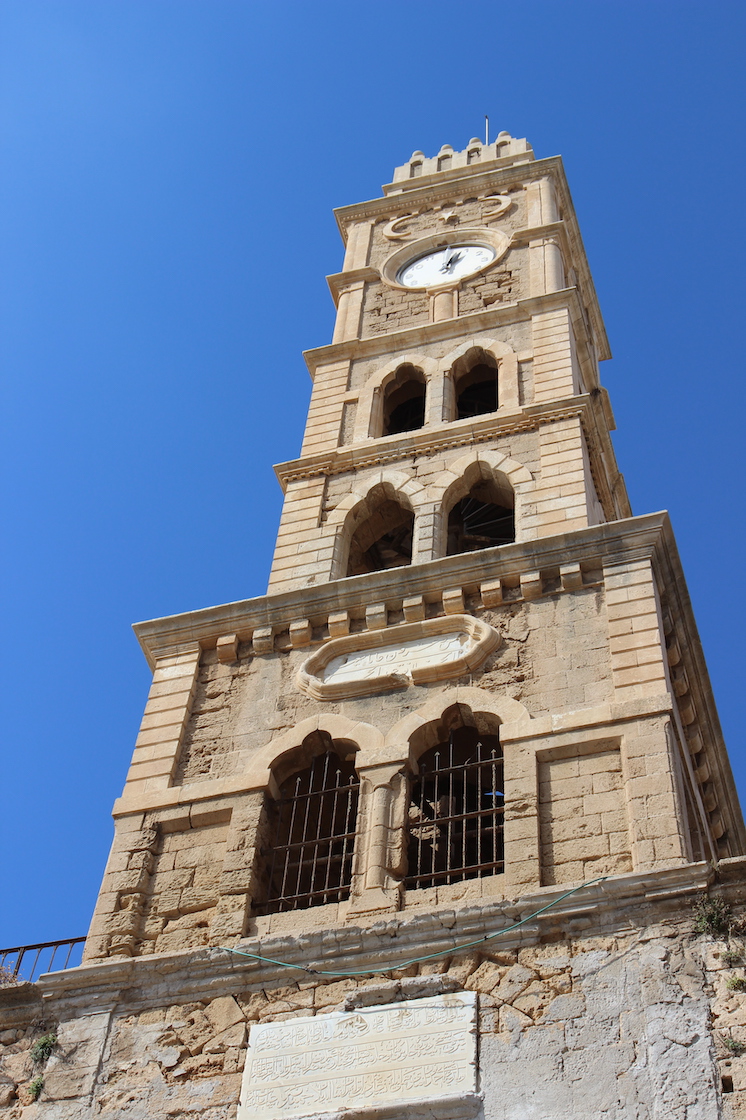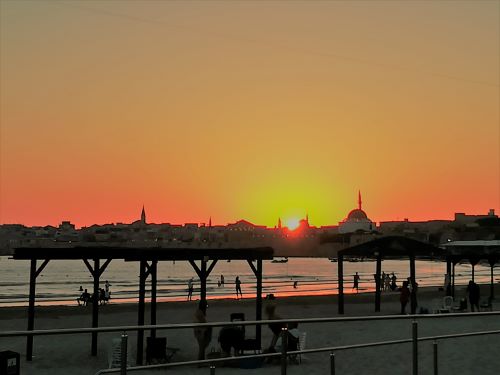Archeology Field Work at Age 63: Challenges & Triumphs – Part 2
You’d think after 6 hours of digging, scraping and hauling each day, we would get some rest. But no! In the afternoon, we wash pottery for two hours. By now my dishpan hands are raw and sore. Then, after the cafeteria dinner, we go to class and listen to a lecture. I’m too tired to take notes and I am hoping there will be no test at the end. It’s 7pm and I should be working on my two required term papers. I have no energy left to give and they will have to wait.
Today is Friday, the 5th day of digging. My body is beat up. It doesn’t get any recovery time to heal. It is the hottest day so far – easily over 100 degrees. With two hours of digging left, I hit the wall. It is like mile 22 when I ran the marathon, only worse because I had no training for this. For the first time, I wanted to quit; not for the day; for good. It is not just the physical exhaustion, it’s now a mental thing. I don’t have the will to continue.
Fortunately I’ve been in this situation before, when I climbed the Half-dome at Yosemite a few years ago. I follow the same plan as then, pause and move into my “observer” – a version of me that looks at my current physical, emotional, mental and spiritual state. He laughs. “You’re really doing it to yourself this time, RJ!”
I couldn’t help laughing also. This is so insane. But the mental wall is broken. I take a 10 minute break and follow B.J. Fogg’s Tiny Habits advice. I focus on what I could do which is just 6 more inches of wall. Then drink water and rest. Then 4 more inches. Then another few inches, each taking longer. With 15 minutes to go, I start hauling the buckets of pottery and tools back to the shed. I make it to the end!
I wasn’t over heated like the second day, just exhausted, so there is no danger. Back in the dorm, a long, max cold shower renews me. And now just relaxing on my bed, writing this, life feels great.
I did something beyond my limits. I found a new capacity to accept pain – mental and physical – and keep going.
That’s how you get internal strength and fortitude. It doesn’t come by giving up. That alone made this entire adventure worth it. Life doesn’t get any better than this.
A shout out to my roomies Paul and Juan Carlos for helping me to keep at it. Love you guys. You’re the best!
